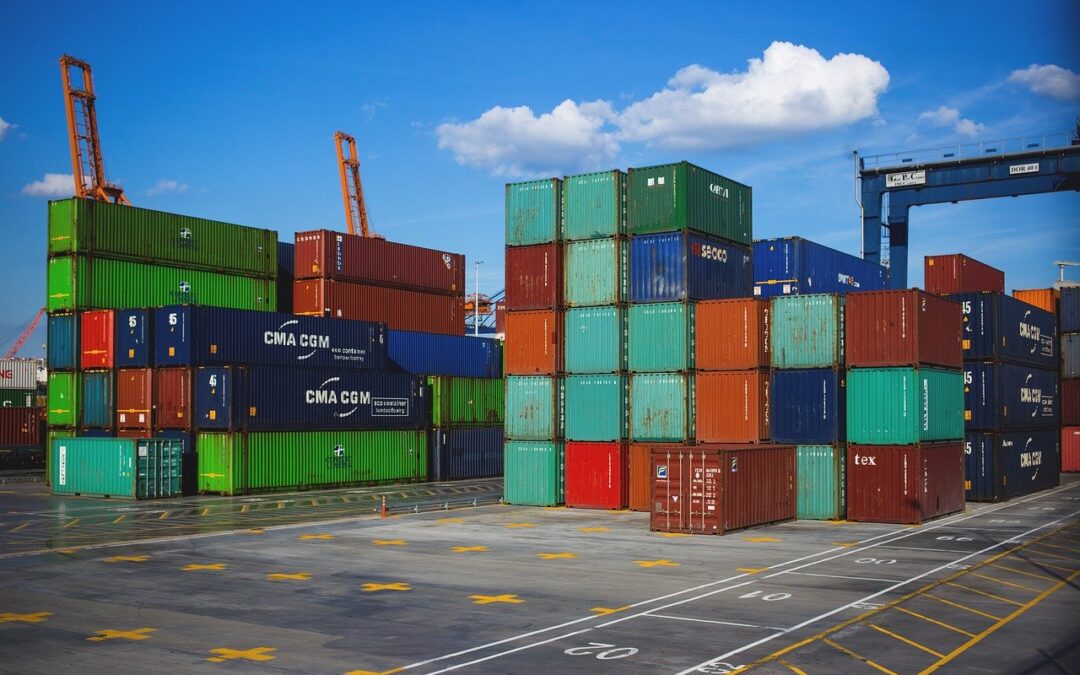With the COVID-19 pandemic and Brexit coming into full effect, the cost-benefit balance has shifted when it comes to UK manufacturing and supply.
From customs charge, VAT and destination charges, here is a guide to all the calculations you need to make to decide to import from abroad.
With the UK officially out of the European Union, when buying goods from the EU, customers are obliged to pay taxes and duties to UK customs in order for their goods to be released into the UK.
The two main costs you should consider before importing goods from overseas include value-added tax (VAT) and UK duty.
VAT
According to Government guidance, customers must inform HMRC about imported goods and pay for VAT alongside UK duty that is due.
VAT is charged at the same rate for imports as it is in the UK, which currently sits at 20%. If your firm is supplying antiques or collector’s items, however, a reduced VAT rate is offered.
Otherwise, if you have an item worth £2,000, the VAT tax you pay on that is going to be £400.
However, if the value of your goods and the cost of shipping and insurance is under £15 (£36 for gifts), then no VAT is due.
You may also be able to defer, suspend, reduce or obtain relief from import VAT under certain conditions.
Import VAT
When buying products from outside the UK, your supplier will not ask you to pay VAT on the products. However, before you get too excited about that, it is vital to remember that if you pay VAT on products bought in the UK, you will have to pay it on imports too.
When importing products from other countries here is how you should estimate the amount of VAT you will have to pay once cleared through customs:
VAT on Taxable Import = 20 % of ([Cost to buy your goods] + [UK Duty] + [Shipping Cost & Insurance])
For example, let’s say you purchased products from China for £5,000, were subjected to £250 UK duty and shipping to your address cost £250. The VAT you will have to pay will be approximately £1,100.
VAT = 20% of (£5,000 + £250 + £250) = £1,110
Import Duty
To calculate duty, you must classify your products using the trade tariff.
The tariff tool allows you to find your product’s commodity code, which is shared by all countries to identify and classify products worldwide. This means whichever country you are importing your goods from, whether that is America, India or China or anywhere else, the commodity code will ensure your goods are passed through customs correctly.
Customs duty
With customs duty, you will be charged on all products sent outside the UK if they are excise goods or worth more than £135. You are required to pay customs duty on both the product and the postage, packaging and insurance.
For non-excise goods worth £135 or less, no charge will be added. However, for gifts between £135 and £630, a rate of 2.5% will be applied – but with some products, rates can be lower.
Finally, for gifts above £630 (or other goods valued at £135), the VAT rate depends on the type of goods you have purchased, as well as the location they have been imported from.
Cost, insurance and freight (CIF)
In the UK, customs duty is charged on the CIF value of goods. The CIF value includes all costs related to the cost of goods, insurance and freight.
Free on board duty (FOB)
Free on board equals duty percentage multiplied by product price
FOB is most commonly used in sea freight. It is one of the most popular processes when importing goods from Asia to Europe.
Under its terms, the seller is mostly responsible for costs up to the point where they are loaded onto the ship.
However, importing under FOB terms will result in you having to find an arrangement once it has arrived in the UK in order for your shipment to be unloaded at the port and cleared through customs, and then moved by lorry to your firm or a warehouse you have rented., That’s yet another cost you may not have considered.
Excise duty
Another common tax charge you should be aware of is the excise duty, which is usually associated with goods such as alcohol, tobacco and energy products.
The excise duty can be paid by the authorised warehouse-keeper, where the products have been produced; the sender; or even you if you are importing the goods.
Is importing worth it?
After all that, you might wonder whether importing is still worthwhile. It’s certainly worth doing the calculations to work out if UK-manufactured products might now offer better profit in certain circumstances.
At James Scott, we are here to advise you on your options and ensure you are prepared for securing your supply chain. For more information, speak to us.
